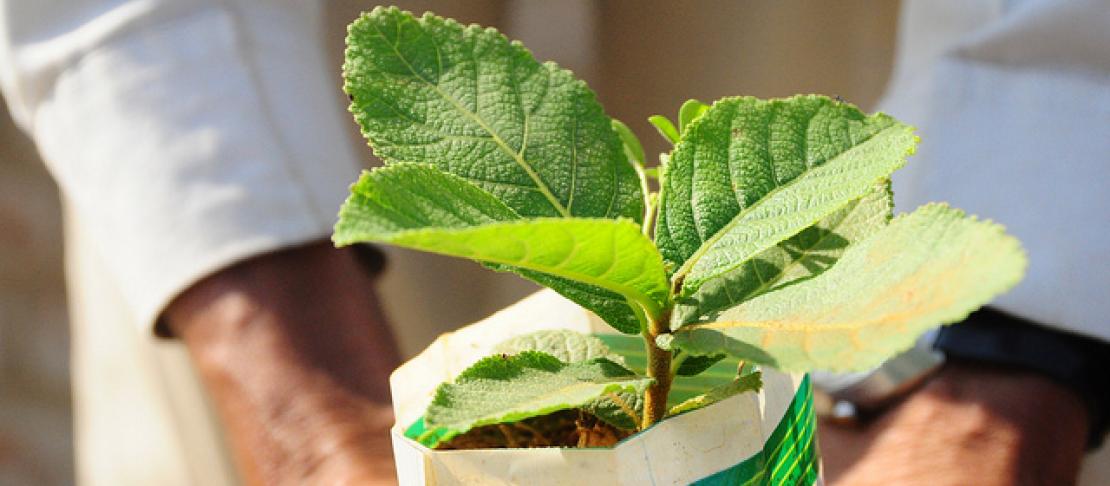Agro-economic analysis of all climate change mitigation options in India

Project description
India is the world’s fourth largest economy and fifth largest greenhouse gas (GHG) emitter, accounting for about 5% of global emissions, and further increases are expected. The major contributors to India’s GHG emissions are the energy, industry and agriculture sectors, with smaller contributions from waste management, building/infrastructure and transport.
In terms of mitigation priorities, the Government of India is currently prioritizing the energy, industry and transport sectors with the official position being that it will aim to reduce the emissions intensity of its GDP by 20-25% by 2020 compared with the 2005 level. Though currently not a government priority, the agricultural sector is highly vulnerable to the changing climate and is also a major driver of climate change – it accounts for 17.6% of gross national emissions according to a 2007 estimate.
An in-depth, up-to-date sectoral analysis of GHG emissions is necessary to determine if agricultural mitigation should be given a higher priority under the growing economic trajectory of India. Further, it is important that robust, science-based evidence of ‘no regret’ options for reducing GHG emissions from the agricultural sector are available. This project thus asks:
- How do mitigation options in agriculture compare with those of other sectors in India?
- Which are the most promising mitigation options in Indian agriculture in relation to ease of uptake, technical feasibility, mitigation potential, cost-effectiveness and monitoring?
Outcomes
This project will provide a definitive analysis of the potential role of agriculture in GHG mitigation vis-a-vis other sectors in India. The Government will utilize project findings to inform its sectoral climate change strategies, priorities and policies, in order to take into account the contribution of agriculture to total GHG emissions.
Expected Outputs
- Report: An in-depth analysis of all development sectors, including agriculture, in India to identify if agricultural mitigation should be a priority; what is the significance of agricultural mitigation in India?
- Data set: Mitigation options cost-effective comparisons; monitoring, reporting and verification opportunities and barriers identified
- Report: 'Strategies for mitigating greenhouse gas emissions from agriculture in India: feasibility, barriers to uptake and costs'
- Journal article: High impact publication on investment options for GHG mitigation in India agriculture
Partners
The International Maize and Wheat Improvement Center (CIMMYT) will lead this project, collaborating with the University of Aberdeen, University of Jadavpur, and scientists from ICRAF, IFPRI and ILRI to ensure the timeliness and accuracy of research. CIMMYT will also coordinate with a range of public and private sector stakeholders in India.
Gender
Mitigation options will consider impacts on social equity.
Further information
For further information, please contact Project Leader, Clare Stirling (CIMMYT) at c.stirling@cgiar.org.